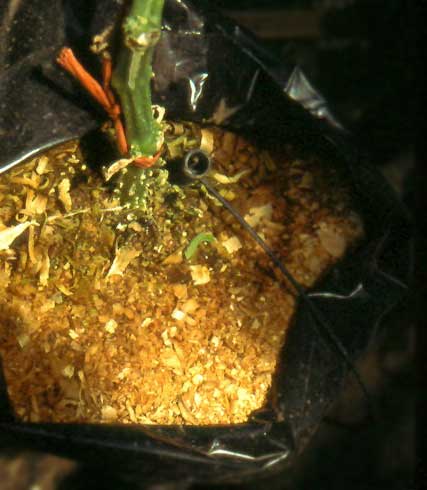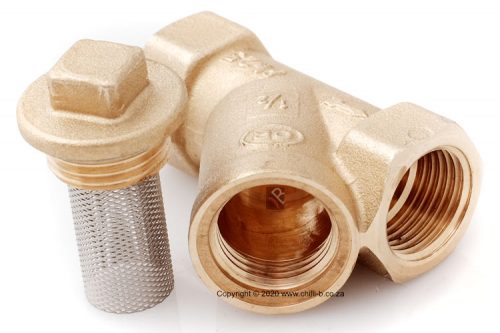How to prevent blocked drippers
Blocked drippers is a cause of frustration. It happens all the time and is something all growers must be wary of. Blockages occur due to physical matter in the water, black algae or salt build-up at the tip of the dripper system. There is no cure for blockages. The main cause for blockages can be found to be:
- The type of dripper used and its susceptibility to blocking
- Water that is not filtered properly
- Iron sediment in the water (Water with high iron content)
- Precipitation of solutes of organic or inorganic media
- Sedimentation of phosphate at pH above 6.0.
- Chemical reaction of the nutrient mix
- Light that reaches the tip of the dripper line will cause algae to grow and block the dripper line
- Growers that do not flush or clean the system at the end of the growth season tend to have more problems during the growing season.
The best way to prevent drippers from blocking is to:
- Check them regularly and tap the front tip with your finger. That way any sediment is loosened.
- Use filters before the drippers so that un-dissolved fertilisers are filtered out.
- Clean out the irrigation system with acid.
- Avoid pushing the dripper end into the growth medium, rather insert it into a small piece of cut irrigation pipe so that the end is always open.
Dripper lines should be cleaned with nitric acid once a year to prevent build-up of algae and bacteria. The cheapest method is nitric acid. This should be done when all the plants are removed from the growing area since the pH of the effluent will be at least below three and will kill any plant if present.
Compressed air can also be used but is not as effective as nitric acid. Non return valves must be installed close the pump as to prevent back pressure. A pressure gauge will indicate the pressure. Since most of the pipes can handle a maximum of three bars, it is quite evident that the pressure should not exceed this value.

Inline strainers are a cheap and easy way to prevent dirt reaching drippers. Not only to the protect drippers, but they protect pumps, taps, mixers valves etc., as well. Small sand particles damage the inside of brass taps. This is called ‘water wiring’. The inside of the tap and cartridge are worn to such an extent that replacing o-rings don’t help.
Inline strainers are usually 300-500micron, meaning, they block particles in the water that are larger than 300-500microns.



